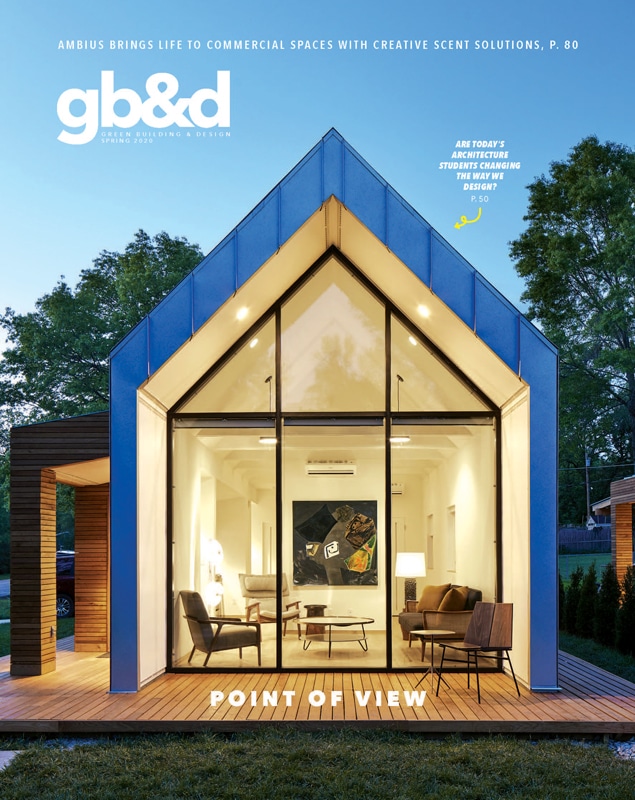
Energy targets range based on climate zone but generally fall between 20 and 30 EUI, or energy use intensities. You can find out your optimal energy target by building type and climate zone at newbuildings.org. Photo courtesy of VMDO Architects

Ralph DiNola has dedicated his professional life to bringing sustainability, green building, and energy efficiency innovation to scale. As CEO at New Buildings Institute, he oversees the nonprofit’s work to advance building efficiency all the way to zero energy and zero carbon performance levels. For more than 20 years DiNola has been an industry thought leader and advised developers, governments, and Fortune 500 companies seeking quantum advances in their building practices and projects. He recently shared with us a little more about how to best set energy targets—and why it matters.
Zero energy buildings are highly efficient, surpassing even the most stringent energy codes. These buildings use so little energy that they meet all their demand with onsite or nearby renewable resources like solar panels. But designers, policymakers, and owners aiming for zero energy performance must first ask: What’s my energy target?
Target setting focuses the design team on a common goal. Of 23 zero energy buildings studied by New Buildings Institute (NBI), the design teams of every project believed setting an energy target early was critical to successfully achieving zero energy performance. These targets are typically represented as energy use intensities (EUI), measured in kBtu/ft2 per year, and are “pre-renewable,” meaning the total energy consumption of the building without discounting energy generation from renewable resources.

NBI recently released a study on building energy targets involving several common building types. Researchers leveraged data from hundreds of high performance building examples in NBI’s Getting to Zero Buildings Database in combination with published energy modeling analyses to create ambitious yet attainable EUI recommendations. Read more at newbuildings.org/resource/zero-energy-commercial-building-targets. Photo by David Livingston
With an established energy target, decisions regarding the design that impact building performance are reframed in the context of meeting that target, which brings cost-effective design solutions forward, including optimal orientation, passive strategies, window-to-wall ratios, wall section design, glazing selection, HVAC system type, and other decisions that optimize energy performance. This is true for new construction and major renovation projects.
On the policy side, targets are effective tools to move the market toward meeting energy, emission, or cost goals. As buildings account for 39% of US carbon emissions, climate action policy is increasingly turning its eye to the built environment. Energy targets fit into building policy in several ways, including performance pathways (modeling), outcome-based approaches (metering), incentives and penalties, and other innovative mechanisms. Incorporating both near-term and long-term energy targets primes the building community and product manufacturers on what’s to come.
As we enter this new decade and new era of climate urgency, more design and construction professionals will be called to deliver buildings that go well beyond what they’ve done before. Setting their sights on a target is the first step.

